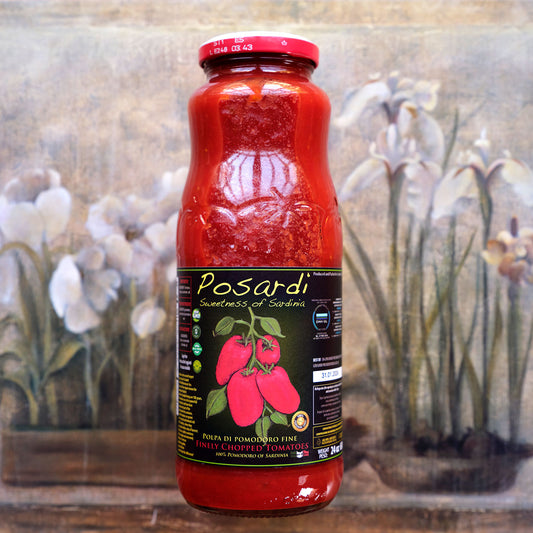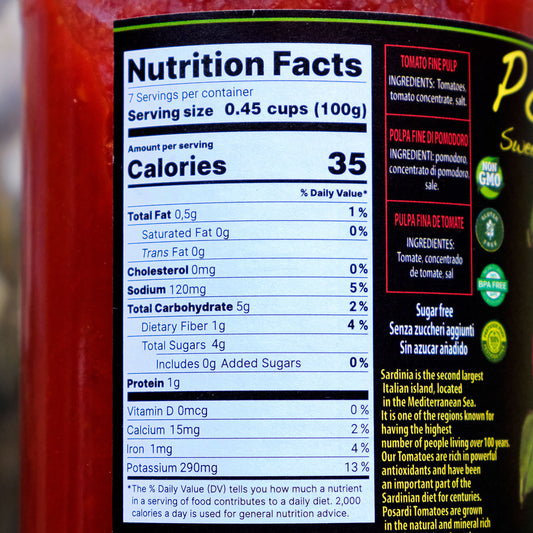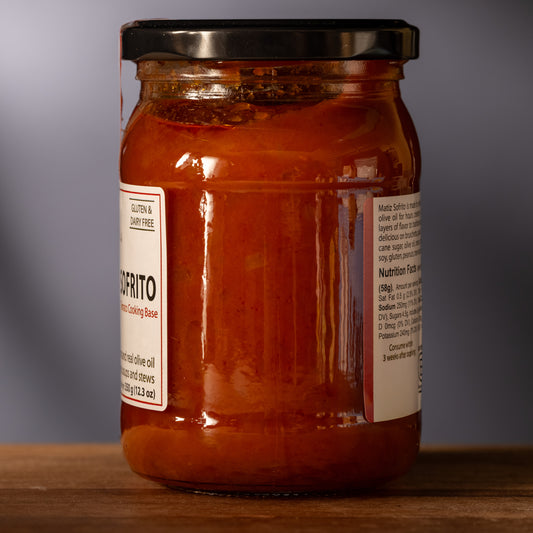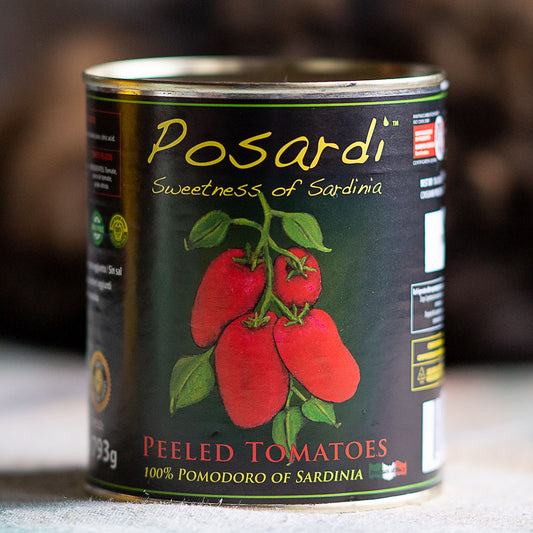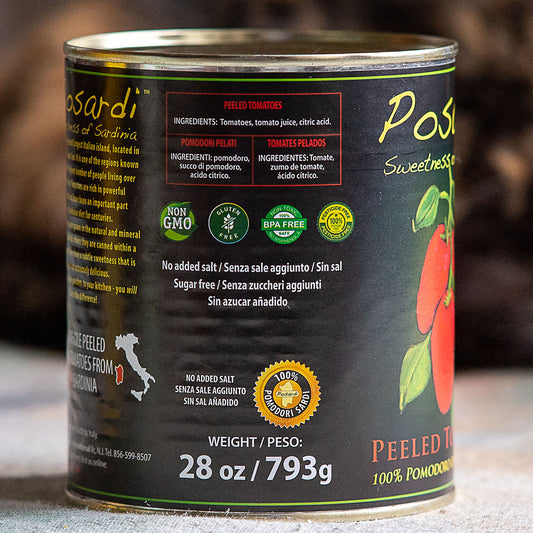Tomatoes
about Tomatoes: click here to read more
The tomato is botanically classified as a fruit. Specifically, it is a berry because it develops from the flower of the plant and contains seeds. In the world of botany, a fruit is any edible part of a plant that develops from the flower and contains seeds.
However, in culinary terms, tomatoes are often treated as vegetables because they are used in savory dishes, like salads, sauces, and salsas, rather than sweet dishes.
This led to a famous legal distinction in the United States in 1893, when the U.S. Supreme Court ruled in Nix v. Hedden that tomatoes should be taxed as vegetables, based on their culinary use.
The tomato is native to the Andes Mountains in South America, where it was first cultivated by indigenous peoples. Initially, it was small, round, and varied in color, and was not widely consumed outside of its native region.
The tomato was introduced to Europe in the early 1500s by Spanish explorers following the Columbian Exchange. At first, it was grown mainly as an ornamental plant due to its association with the potentially toxic nightshade family. However, by the late 17th century, Italy began incorporating tomatoes into their cuisine, especially in sauces and soups, and the fruit slowly gained popularity in Southern Europe.
The tomato spread throughout Europe during the 18th century, with its use becoming more common in Mediterranean dishes.
It was introduced to North America in the 18th century, but gained more widespread acceptance by the 19th century. Notably, Thomas Jefferson helped popularize tomatoes in the United States.
By the late 19th century, the development of canning technology helped the tomato become a commercially available product. The first canned tomatoes were introduced in the 1840s, and the tomato paste and ketchup industries grew rapidly in the 20th century.
-
Mutti Tomato Paste in Tube
Regular price $5.95 USDRegular priceUnit price / per$0.00 USDSale price $5.95 USD -
Acetoria Tomato Vinegar
Regular price $39.95 USDRegular priceUnit price / per$0.00 USDSale price $39.95 USD -
Pomodoraccio semi-sun-dried tomatoes
Regular price $19.95 USDRegular priceUnit price / per$0.00 USDSale price $19.95 USD -
Posardi Passata - Finely Chopped Sardinian Tomatoes
Regular price $7.95 USDRegular priceUnit price / per$0.00 USDSale price $7.95 USD -
Bona Furtuna Organic Marinara Sauce with Oregano Flowers
Regular price $11.95 USDRegular priceUnit price / per$0.00 USDSale price $11.95 USD -
Hawkshead Kashmiri Tomato Chutney
Regular price $17.95 USDRegular priceUnit price / per$0.00 USDSale price $17.95 USD -
Matiz Paella Tomato Sofrito Sauce
Regular price $11.95 USDRegular priceUnit price / per$0.00 USDSale price $11.95 USD -
Posardi Sardinian Whole Tomatoes - Canned
Regular price $7.95 USDRegular priceUnit price / per$0.00 USDSale price $7.95 USD -
Tomato Paste, Organic (Spain)
Regular price $7.95 USDRegular priceUnit price / per$0.00 USDSale price $7.95 USD -
Hawkshead Bloody Mary Chutney
Regular price $17.95 USDRegular priceUnit price / per$0.00 USDSale price $17.95 USD -
Cosi Come Yellow Datterino Whole Tomatoes
Regular price $17.95 USDRegular priceUnit price / per -
 Restocking - choose Notify me
Restocking - choose Notify meMina Shakshuka Moroccan Tomato Sauce - large jar
Regular price $19.95 USDRegular priceUnit price / per$0.00 USDSale price $19.95 USDRestocking - choose Notify me -

 Restocking - choose Notify me
Restocking - choose Notify meSolea Whole Peeled Tomatoes
Regular price $7.95 USDRegular priceUnit price / per$0.00 USDSale price $7.95 USDRestocking - choose Notify me -

 Restocking - choose Notify me
Restocking - choose Notify meSugo alla Vodka (Vodka Pasta Sauce)
Regular price $11.55 USDRegular priceUnit price / per$0.00 USDSale price $11.55 USDRestocking - choose Notify me -

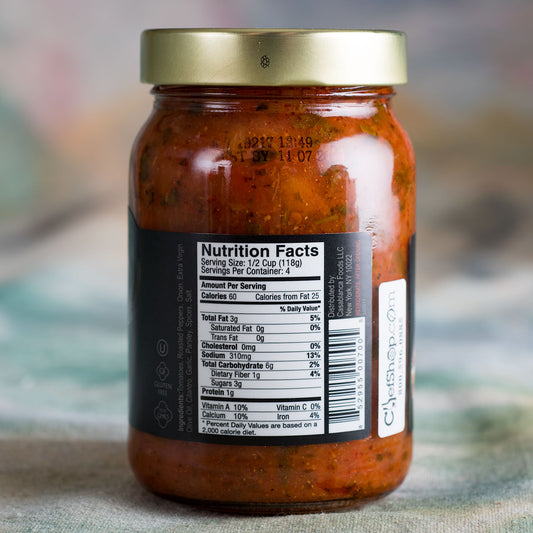 Restocking - choose Notify me
Restocking - choose Notify meMina Shakshuka Moroccan Spiced Tomato Sauce
Regular price $12.95 USDRegular priceUnit price / per$0.00 USDSale price $12.95 USDRestocking - choose Notify me -

 Restocking - choose Notify me
Restocking - choose Notify meBelazu Shakshuka Paste
Regular price $8.95 USDRegular priceUnit price / per$0.00 USDSale price $8.95 USDRestocking - choose Notify me -
 Restocking - choose Notify me
Restocking - choose Notify meBona Furtuna Organic Arrabbiata Marinara Sauce
Regular price $11.95 USDRegular priceUnit price / per$0.00 USDSale price $11.95 USDRestocking - choose Notify me -
Restocking - choose Notify me
Masseria Mirogallo Sundried Tomatoes in EVOO
Regular price $12.95 USDRegular priceUnit price / per$0.00 USDSale price $12.95 USDRestocking - choose Notify me







